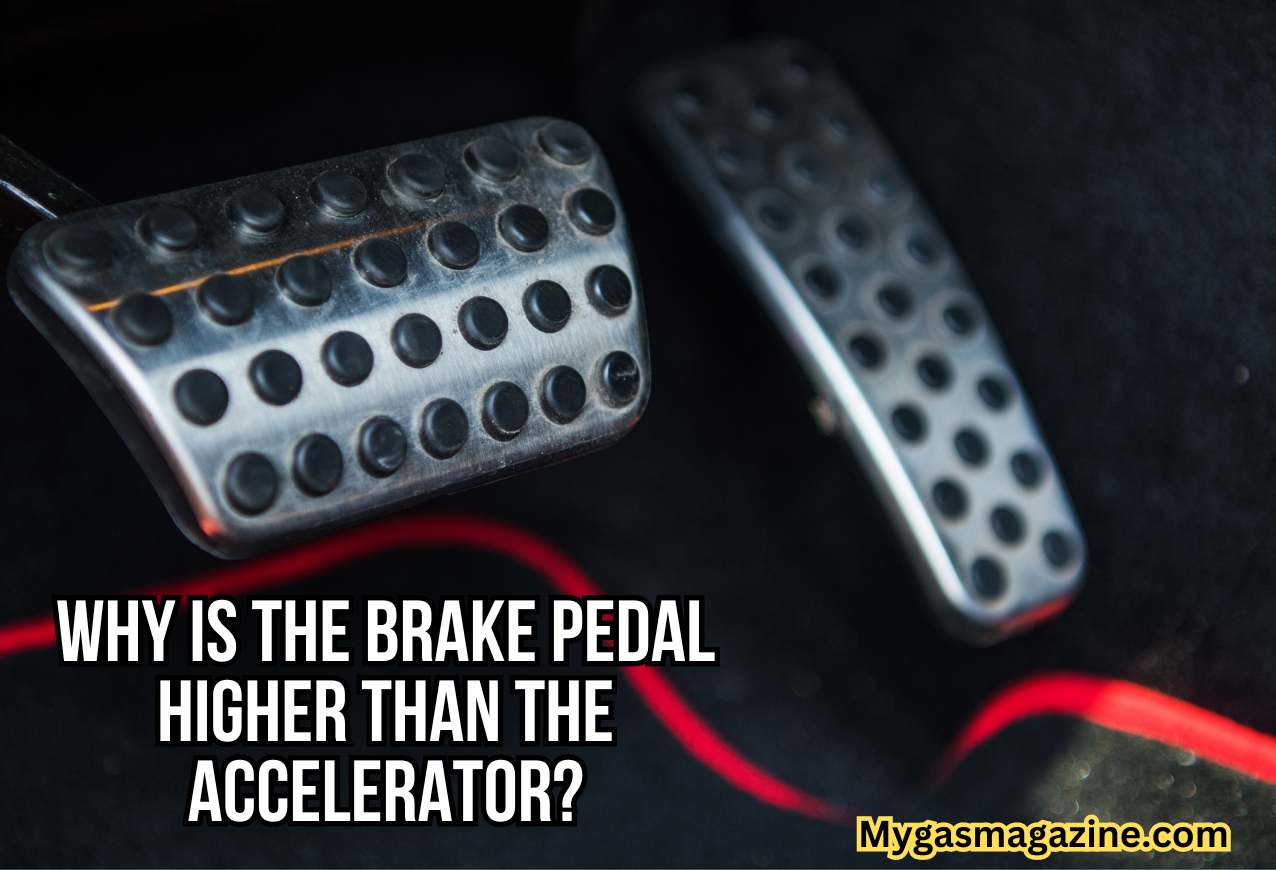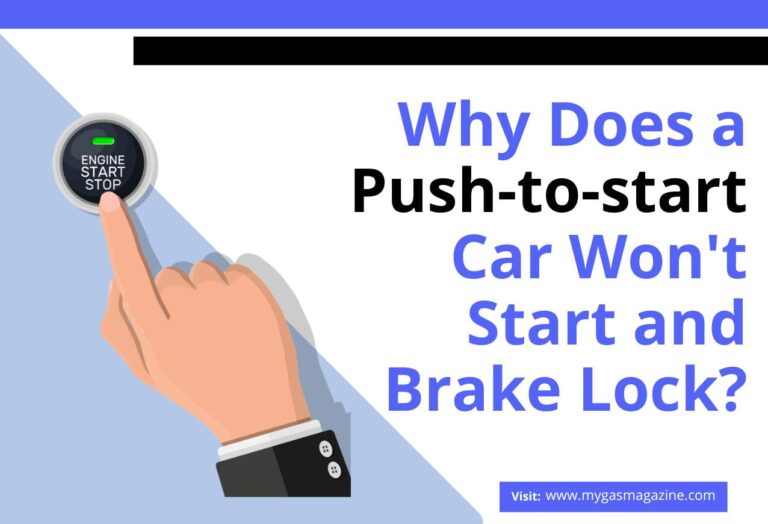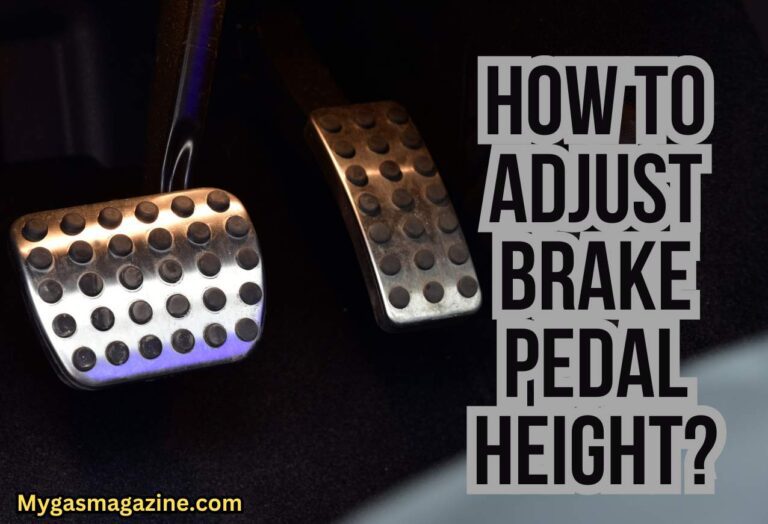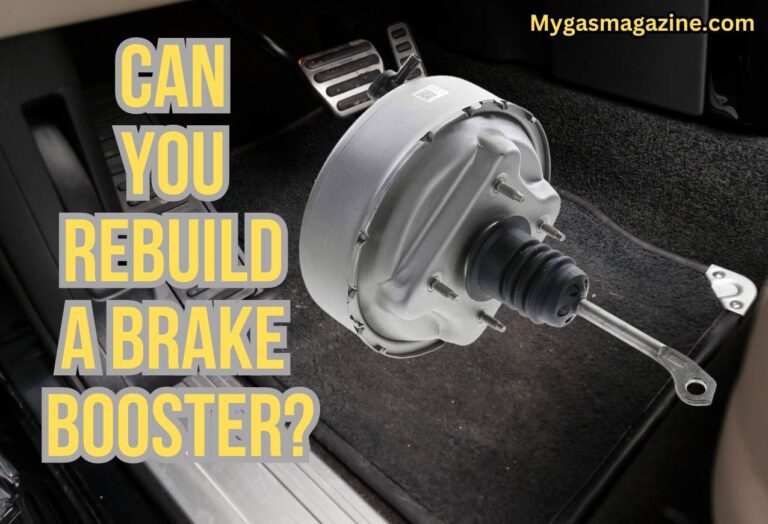Why Is The Brake Pedal Higher Than The Accelerator?
Have you ever noticed that the brake pedal in your car sits slightly higher than the accelerator pedal? It’s a design feature that many drivers take for granted, but have you ever wondered why it’s designed this way? We will explain everything in detail in this article. Let’s start.
Why Is the Brake Pedal Higher Than the Accelerator?
The positioning of the brake pedal higher than the accelerator is a deliberate design choice that takes into account several ergonomic considerations and safety factors. One of the primary reasons for this positioning is to facilitate quick and easy access to the brake pedal in emergency situations.
When driving, especially at higher speeds or in heavy traffic, it’s crucial for drivers to be able to react swiftly to sudden changes in road conditions or unexpected obstacles. Placing the brake pedal higher makes it easier for drivers to locate and apply the brake pedal quickly, reducing the risk of accidents.
Additionally, the higher position of the brake pedal promotes a more natural and ergonomic driving posture. By positioning the brake pedal higher, it aligns more closely with the natural movement of the driver’s foot, reducing strain and fatigue during long periods of driving. This ergonomic design helps drivers maintain better control of the vehicle and reduces the risk of foot or leg discomfort.
Moreover, the higher position of the brake pedal helps prevent accidental acceleration. Placing the brake pedal higher than the accelerator reduces the likelihood of drivers inadvertently pressing both pedals simultaneously, which can lead to unintended acceleration and loss of control over the vehicle.
In conclusion, the positioning of the brake pedal higher than the accelerator is a carefully considered design feature that prioritizes safety, ergonomic comfort, and ease of use for drivers. By understanding the reasons behind this design choice, drivers can better appreciate the thought and consideration that goes into the design of modern vehicles.
Usually, How High Is the Brake Pedal Compared to the Gas Pedal?
In most vehicles, the brake pedal is positioned slightly higher than the gas pedal. The exact height difference can vary depending on the vehicle make and model, but typically, the brake pedal is positioned around 1 to 2 inches higher than the gas pedal.
This slight elevation difference is designed to make it easier for drivers to transition their foot from the gas to the brake pedal quickly and smoothly, especially in emergency situations.
Risks of Having the Brake Pedal Positioned Level or Lower Than the Accelerator
Having the brake pedal positioned level or lower than the accelerator can pose several risks and safety hazards for drivers. One of the primary risks is the increased likelihood of accidental acceleration.
When the brake pedal is positioned level or lower than the accelerator, drivers may inadvertently press both pedals simultaneously, especially in stressful or emergency situations. This can lead to unintended acceleration and loss of control over the vehicle, increasing the risk of accidents.
Additionally, a brake pedal positioned level or lower than the accelerator can make it more challenging for drivers to locate and access the brake pedal quickly, particularly in emergency situations. This delay in accessing the brake pedal can result in longer reaction times, reducing the driver’s ability to respond effectively to sudden changes in road conditions or obstacles.
Furthermore, a lower brake pedal position can lead to discomfort and fatigue for drivers, as it may require them to adopt an awkward or unnatural foot position to apply the brakes. This discomfort can distract drivers from focusing on the road and increase the likelihood of errors or accidents.
Overall, having the brake pedal positioned level or lower than the accelerator increases the risk of accidents and compromises driver safety. The higher positioning of the brake pedal in modern vehicles is a design feature that prioritizes safety and ease of use, helping drivers maintain better control of the vehicle and reduce the risk of accidents.
How Does the Height Difference Between the Brake Pedal and Gas Pedal Vary Among Different Types of Vehicles?
The height difference between the brake pedal and gas pedal can vary among different types of vehicles based on their design, purpose, and intended use. Generally, passenger cars, trucks, and SUVs have a similar height difference, but there can be variations. Here’s a detailed look at how the height difference may vary:
Passenger Cars
In most passenger cars, the brake pedal is positioned slightly higher than the gas pedal, typically by about 1 to 2 inches. This height difference is designed to allow for quick and easy access to the brake pedal, enhancing driver control and safety.
Trucks
Trucks, especially larger commercial trucks, may have a greater height difference between the brake pedal and gas pedal. This is often due to the higher seating position in trucks, which requires a more significant pedal height difference to accommodate the driver’s foot movement.
SUVs
SUVs generally have a similar height difference between the brake pedal and gas pedal as passenger cars. However, some SUV models, especially those with off-road capabilities, may have a slightly higher brake pedal to accommodate for the vehicle’s higher ground clearance and driving position.
Sports Cars
Sports cars often have a lower seating position and a more compact interior, which may result in a smaller height difference between the brake pedal and gas pedal compared to other vehicles. This design allows for a more direct and responsive driving experience.
Vans
Vans typically have a similar height difference between the brake pedal and gas pedal as passenger cars. However, some commercial vans may have adjustable pedals to accommodate drivers of different heights and preferences.
Related


Meet Lakith, the driving force behind MyGasMagazine.com. A seasoned mechanic with over 7 years of hands-on experience in our family-run Gas Mag Garage, Lakith combines his technical expertise with a deep passion for cars. His journey in the automotive world began alongside his father, learning the intricacies of car repair and maintenance. Today, as the founder of MyGasMagazine.com, Lakith shares his wealth of knowledge, offering readers a unique blend of practical advice, industry insights, and engaging stories from the vibrant car culture of Sri Lanka.








One Comment
Comments are closed.